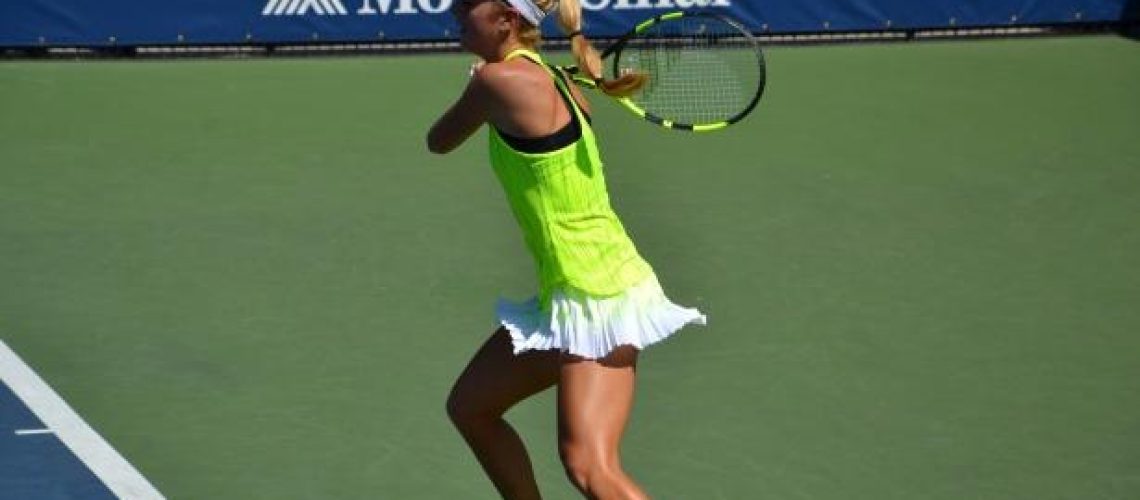We may earn money or products from the companies mentioned in this post.
Tennis Shoe Lacing Techniques Without Tying

When it comes to lacing up your tennis shoes, the traditional method of tying knots can sometimes be a hassle Fortunately, there are alternative lacing techniques that eliminate the need for tying altogether These techniques not only provide a convenient solution but also offer additional benefits in terms of style and comfort
Importance and Benefits
1 Convenience
One of the primary advantages of using alternative lacing methods is the convenience they offer With these techniques, you no longer have to spend time tying and untying your shoelaces every time you put on or take off your shoes This is particularly useful for those who are always on the go or engage in activities where frequent shoe adjustments are required
2 Style
Besides their practicality, alternative lacing methods can also add a touch of style to your tennis shoes These techniques allow you to create unique patterns and designs with your shoelaces, giving your footwear a personalized and eye-catching look Whether you prefer a classic straight-laced style or something more intricate like the ladder or zipper lacing technique, there’s no shortage of options to suit your individual taste
3 Comfort
In addition to convenience and style, alternative lacing methods can enhance the overall comfort of wearing tennis shoes Traditional knot-tying can sometimes cause pressure points or restrict blood circulation around the top of your foot By utilizing different lacing techniques without tying, you can achieve a customized fit that eliminates discomfort and ensures optimal support throughout various activities
Lacing Techniques Without Tying

When it comes to lacing up your tennis shoes, there are various techniques you can use to secure them without the hassle of tying knots In this article, we’ll explore three popular methods: elastic no-tie shoelaces, lace anchors, and the hidden knot technique
Elastic No-Tie Shoelaces
Elastic no-tie shoelaces provide a convenient alternative to traditional laces They work by replacing your regular laces with stretchy elastic ones that stay securely in place without the need for tying These laces are typically made from durable materials such as nylon or silicone, ensuring long-lasting performance
To achieve a secure fit, elastic no-tie shoelaces feature a locking mechanism This mechanism allows you to adjust the tightness of your shoes easily and ensures they stay snugly in place during any activity Simply pull the laces tight and lock them into position using the provided fastening system
If you’re unsure how to lace your tennis shoes with elastic no-tie shoelaces, here’s a step-by-step guide:
- Start by removing your old laces
- Thread one end of an elastic lace through the bottom eyelet on each side of your shoe
- Pull both ends of the lace evenly until your shoe is comfortably snug
- Secure each end of the lace with the locking mechanism provided
While elastic no-tie shoelaces offer convenience and ease-of-use, it’s important to consider their pros and cons before making a decision They provide quick and easy on-and-off functionality, ideal for athletes or individuals with limited mobility However, some may find that the elasticity of these laces affects the overall fit and support of their shoes
Lace Anchors
Lace anchors are another ingenious solution for keeping your tennis shoes securely laced without tying knots These small, discreet accessories work by attaching to the sides of your shoe’s tongue, effectively holding the laces in place
Designed with functionality in mind, lace anchors ensure that your laces stay put throughout the day or during intense activities To set them up, simply position the lace anchors on each side of your shoe’s tongue and secure them firmly Then, thread your laces through the designated holes on the anchors to lock them into position
If you’re wondering how to use lace anchors for your tennis shoes, follow these steps:
- Attach a lace anchor to each side of your shoe’s tongue
Hidden Knot Technique
The hidden knot technique is perfect for those who prefer a clean and streamlined look while still ensuring their shoelaces stay tied securely This method involves hiding the knot either under the shoe’s tongue or between eyelets for a neat appearance
To create a hidden knot in your tennis shoes, follow these simple steps:
When adjusting your hidden knot for optimal comfort and security, make sure not to tie it too tightly to avoid discomfort Experiment with different placements and adjustments until you find the perfect balance of fit and aesthetics
With these lacing techniques without tying, you can enjoy hassle-free shoe adjustments while keeping your tennis shoes snugly secured during any activity Whether you opt for elastic no-tie shoelaces, lace anchors, or the hidden knot technique, each method offers its own unique benefits to cater to your individual preferences
Customization And Personalization

When it comes to personalizing your shoes, there are endless possibilities for creating unique patterns and styles One way to do this is by experimenting with different lacing techniques The lacing style you choose can completely transform the look of your shoes, giving them a touch of individuality that sets them apart from the rest
Creating Unique Patterns with Different Lacing Styles
Bar-lacing style is a popular choice for those seeking a clean and streamlined look This technique involves threading the shoelaces straight across each set of eyelets, creating a neat and symmetrical appearance It is perfect for formal occasions or when you want your shoes to exude a sense of sophistication
On the other hand, if you’re looking to add some flair and personality to your footwear, diagonal or cross-lacing styles can be great options These techniques involve crisscrossing the laces diagonally across the eyelets, creating an eye-catching pattern that adds visual interest to your shoes Whether you opt for a subtle diagonal pattern or go bold with an intricate cross-lacing design, these styles are sure to make your shoes stand out from the crowd
Choosing the Right Color, Material, and Length of Shoelaces
In addition to lacing techniques, customization and personalization also involve selecting the right color, material, and length of shoelaces for your taste The color of shoelaces can have a significant impact on the overall look of your shoes You can choose colors that complement or contrast with the shoe’s color scheme to create different effects – from subtle elegance to vibrant creativity
The material of shoelaces also plays a role in customization Different materials like cotton, leather, or nylon offer varying degrees of durability and style Whether you prefer a classic leather lace for a timeless look or a colorful nylon lace for a more modern and casual vibe, the material choice can elevate your shoes’ overall aesthetic
Lastly, the length of shoelaces can make a difference in both functionality and style Opting for longer laces allows for more intricate lacing patterns, while shorter laces offer a cleaner and more minimalist appearance Consider the shoe’s design and your personal preference when selecting the ideal length that suits your style
In conclusion, customization and personalization are essential aspects of making your shoes truly yours By experimenting with different lacing styles, choosing the right color, material, and length of shoelaces, you can create unique patterns that reflect your individuality and elevate the overall look of your shoes
Conclusion

In conclusion, we have explored a variety of techniques to lace tennis shoes without tying them These alternative methods not only add a stylish touch to your sneakers but also provide convenience and comfort Whether you prefer the zipper method for quick slip-on access or the ladder technique for added stability, there is an option for everyone
By experimenting with different lacing techniques, you can discover which method suits your needs best Perhaps you’ll find that the bar lace pattern offers optimal support during rigorous activities, or maybe the heel lock method prevents blisters on long walks The beauty of these alternatives lies in their versatility, allowing you to customize your shoe fit and feel
So why not step out of your comfort zone and try something new? Lace up your tennis shoes using one of these non-traditional methods and experience the benefits firsthand Don’t be afraid to get creative with your lacing style – after all, it’s all about finding what works best for you!
Useful Links

4 Common Ways to Tie Shoelaces for a Casual, Secure Fit
Running Shoe Lacing Techniques for Better Fit
The Best Way to Lace Running Shoes – Caterpy – Facebook
4 Easy Ways to Shorten Your Shoelaces
The 6 best ways to lace your running shoes | On
NO TIE LACING- A PERFECT REPLACEMENT FOR …
Shoe Lacing Techniques to Reduce Friction Blisters
How to Lace Your Running Shoes for a More Comfortable Fit
Ian’s Shoelace Site – Shoe Lacing Methods
The Original Elastic No-Tie Shoelaces | Lock Laces®
How To Straight Lace Shoes | One Mistake That Ruins …
How to Lace Tennis Shoes
How to Lace up Sneakers 3 Different Ways
How to Lace Your Shoes for the Right Fit
Heel Lock Lacing: How to Lace Running Shoes
How to Lace & Tie Running Shoes | REI Expert Advice
Lacing Guide: How to Lace Shoes Without Tying | uLace
The Xpand No Tie Shoelaces are popular on Amazon!






